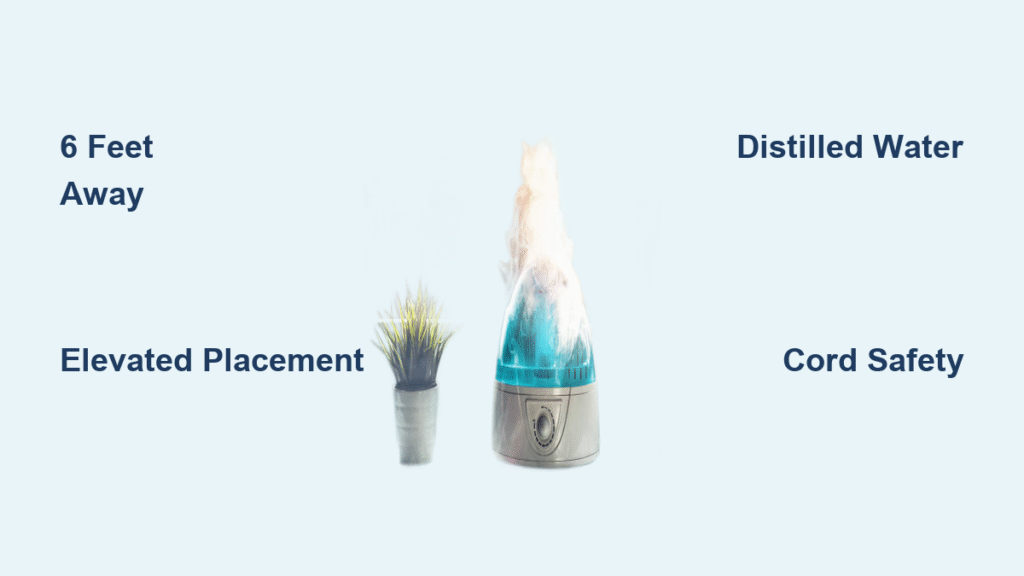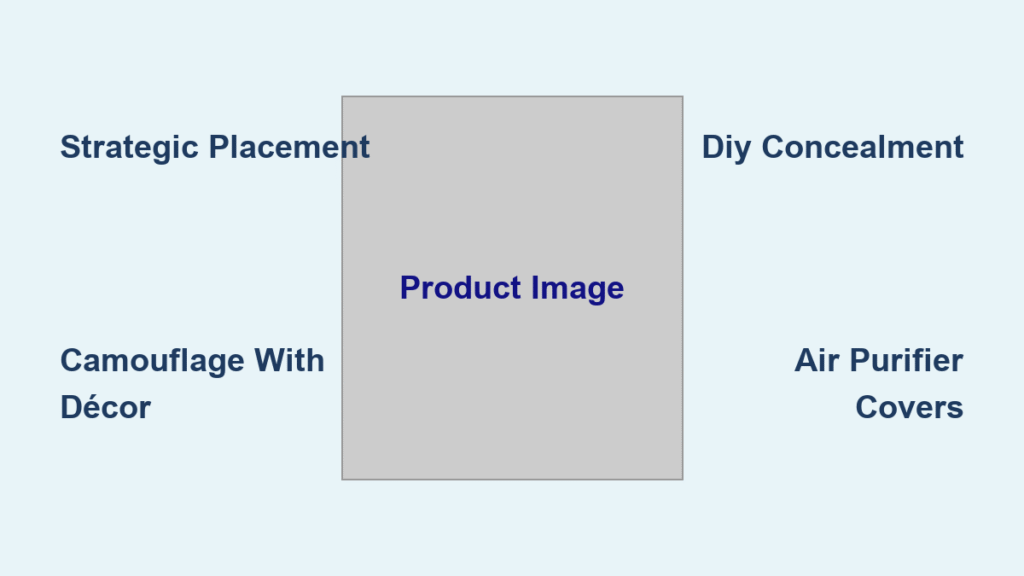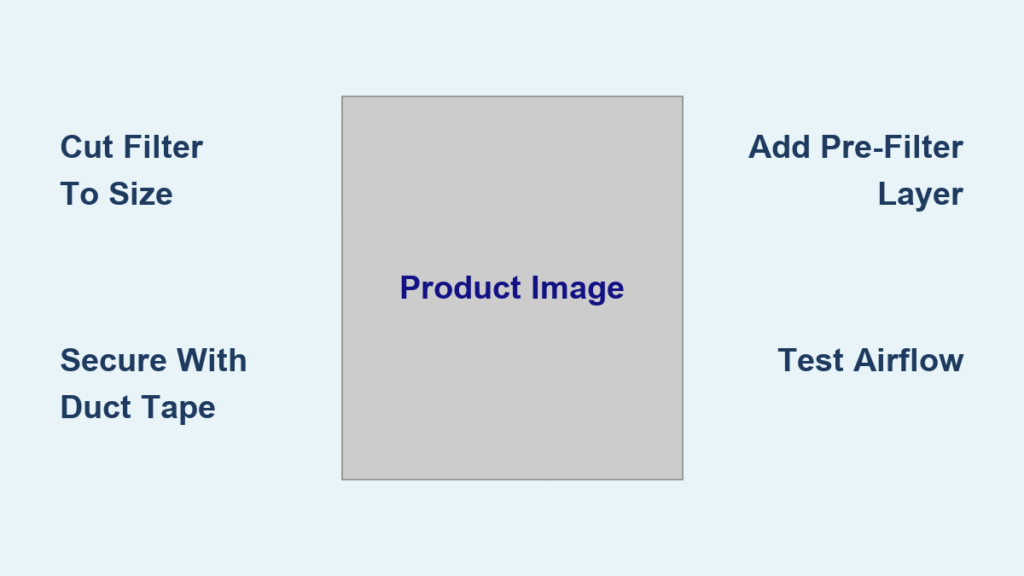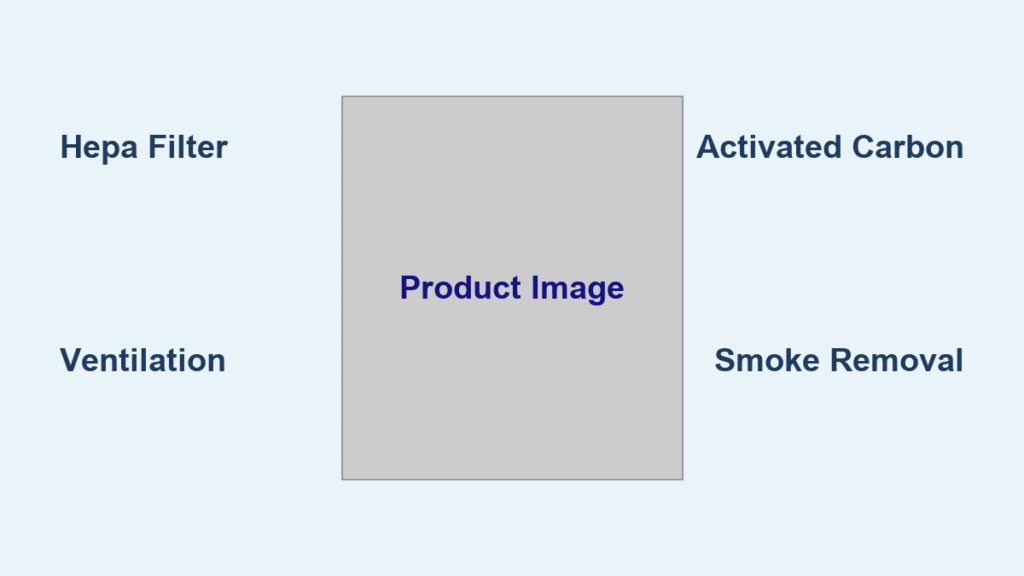Your baby’s congested breathing at 2 a.m. sends you scrambling for the humidifier—but placing it just inches from the crib could be doing more harm than good. Mist settling directly on bedding creates invisible mold factories, while dangling cords become electrocution risks as your baby starts exploring. The critical safety margin isn’t guesswork: pediatricians demand at least 3 feet of separation, with 6 feet being the gold standard for protecting your infant. In this guide, you’ll discover exactly where to position your humidifier for maximum breathing relief without hidden dangers, including room-specific setups for cramped nurseries and the cleaning hacks that prevent bacterial outbreaks.
Optimal Humidifier Distance: Why 6 Feet Beats 3 Feet
Place your humidifier at least 6 feet from your baby’s crib—not the bare minimum 3 feet—to prevent three silent threats. Pediatrician Jennifer Foersterling, MD, confirms this buffer ensures mist disperses fully before reaching your baby, eliminating concentrated water droplets that dampen crib rails and sheets. At closer ranges, you’ll spot telltale condensation on wood surfaces within hours—a perfect breeding ground for black mold that triggers asthma attacks.
The 6-foot rule also solves two overlooked dangers:
– Cord accessibility: Toddlers pulling up on crib rails can snag cords within 3 feet, risking electrocution or unit tipping.
– Airflow suffocation: Direct mist streams create localized humidity pockets above 70%, making your baby work harder to breathe instead of easing congestion.
Pro Tip: Measure diagonally across the room—this often creates more space in small nurseries. If your room is under 100 sq ft, angle the mist output away from the crib entirely while maintaining distance.
Why Floor Placement Puts Your Baby at Immediate Risk

Never place humidifiers on the floor—even in tight spaces. This mistake creates three hazards:
1. Crawling babies reach cords within seconds, risking strangulation or electric shock.
2. Mist saturates carpet fibers, growing hidden mold colonies that release spores into the air.
3. Cool air currents trap humidity near the ground, worsening congestion instead of clearing it.
Instead, elevate the unit on a dresser or shelf 3-4 feet high. Verify stability by pushing firmly on all sides—furniture must not wobble. Position it against a wall with zero gaps behind it (no “exploration zones” for curious fingers). If your dresser lacks space, install a dedicated wall-mounted shelf rated for 50+ lbs.
Cord Management: The Life-Saving Detail 90% of Parents Miss
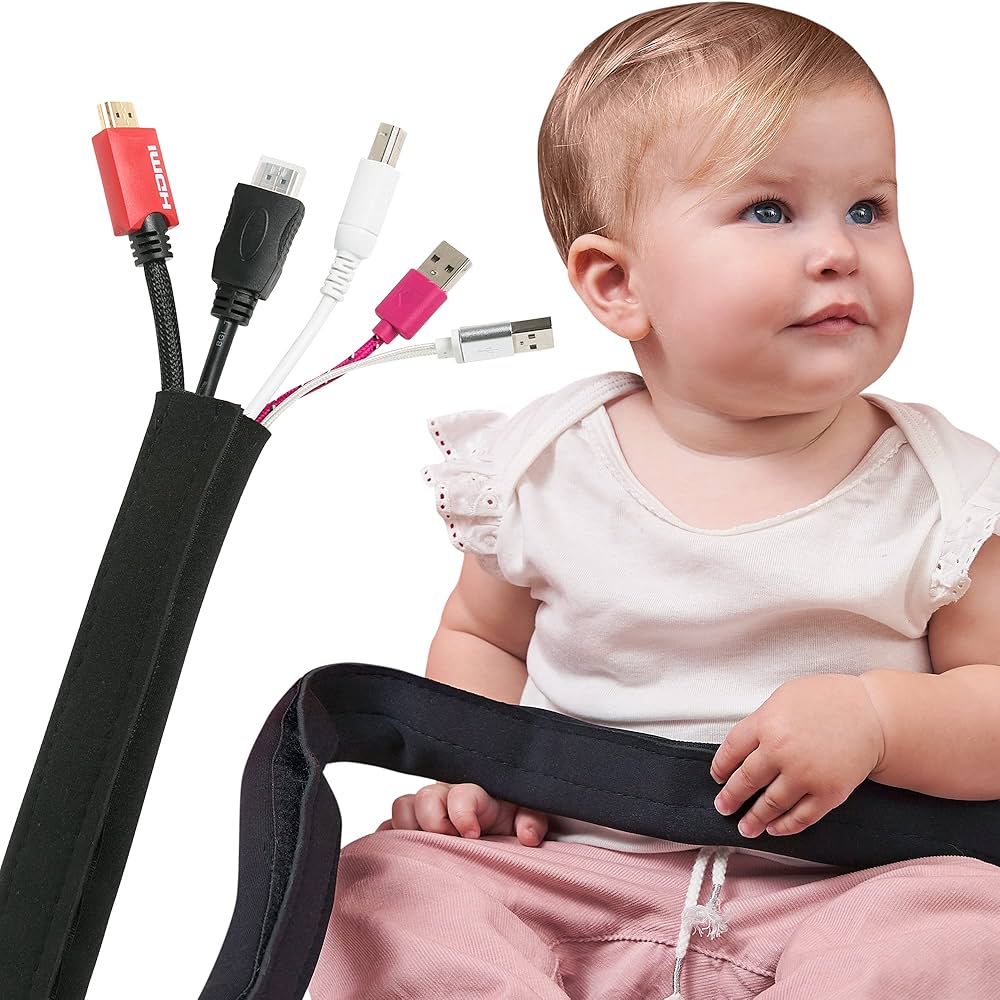
A dangling cord is a death sentence waiting to happen. Follow these steps tonight:
1. Route cords behind furniture using adhesive cable clips—never across open floor space.
2. Eliminate slack by coiling excess cord and securing it with twist ties under the dresser.
3. Never use extension cords—they overheat and become chew toys for teething infants.
If your outlet is too far, rearrange furniture before using the humidifier. Your baby’s safety outweighs decor concerns. Test your setup by crawling around the room: if you can see or reach the cord, it’s not secure.
Room Layouts That Work for Any Nursery Size
Cramped 8×9 ft Nursery: The Shelf Solution
Place the crib on the shortest wall. Mount a 36-inch shelf on the opposite wall at 42 inches high. Center the humidifier on the shelf, angling the mist nozzle toward the room’s center point. Measure diagonally from crib corner to shelf edge—6 feet is non-negotiable. In this setup, mist clears the crib by 18 inches while covering the entire room.
Shared Bedroom: Dual-Zone Placement
When baby sleeps in your room, position the humidifier on your dresser 6 feet from their bassinet but closer to your bed. Angle the mist away from both sleep zones toward the doorway. This gives you relief during late-night feedings while keeping baby safe. Use a hygrometer to confirm humidity stays below 50% near the bassinet.
Humidity Monitoring: Your 10-Second Nightly Safety Check
Target 30-50% humidity—exceeding 50% encourages mold growth on walls and toys. Buy a $12 hygrometer and place it:
– On the crib’s mattress corner (not attached to rails)
– At baby’s breathing height (12-18 inches above mattress)
Stop using the humidifier immediately if you see:
– Condensation on windows
– Damp spots on crib sheets
– A musty smell when entering the room
Run units only on “low” overnight. If humidity creeps above 50%, reduce output before moving the unit closer—distance matters more than intensity.
Why Cool-Mist Humidifiers Are Non-Negotiable for Babies
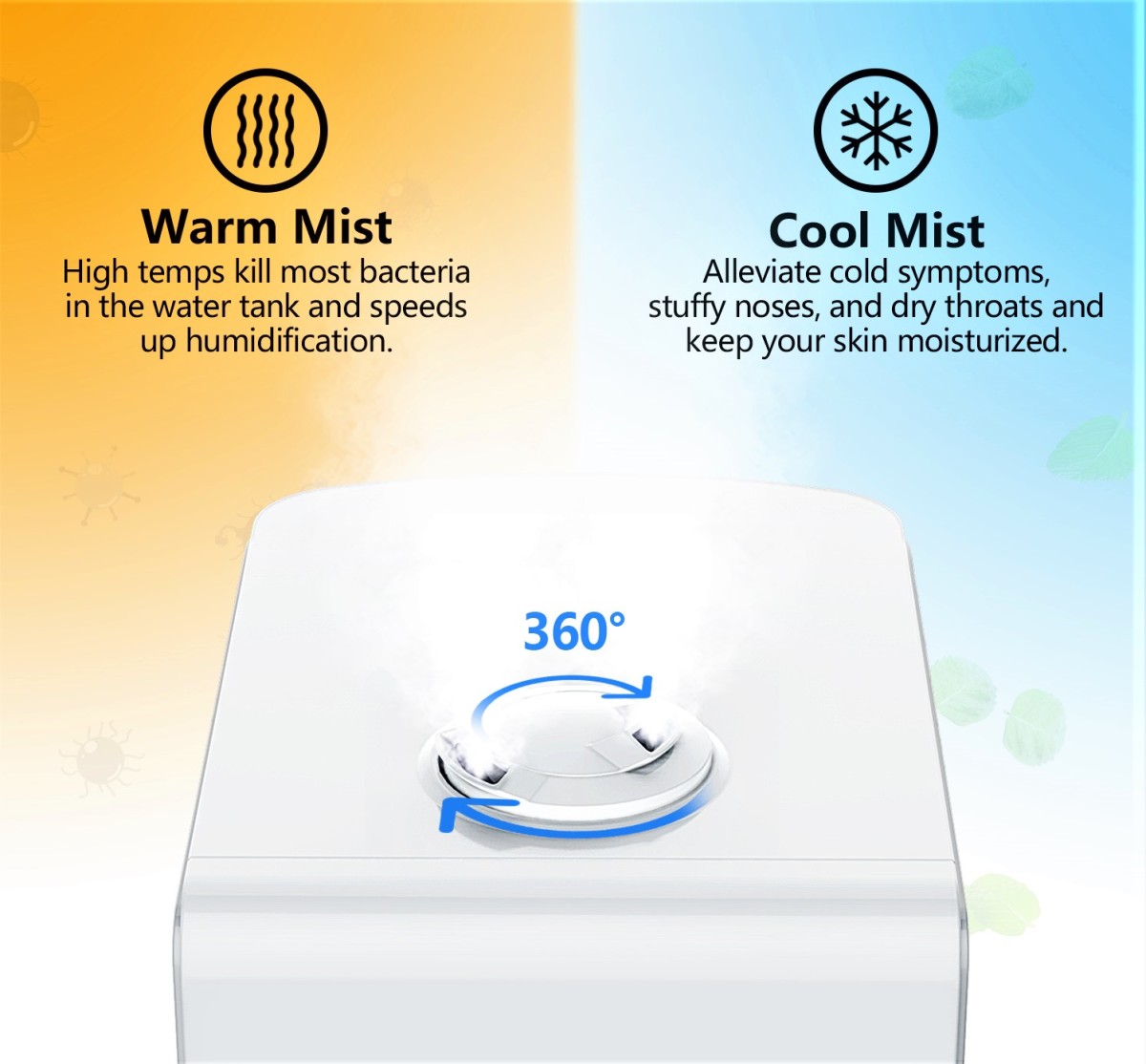
Ditch warm-mist models entirely—their steam poses severe scalding risks if knocked over. Cool-mist ultrasonic units are safer only when placed correctly:
– Auto shut-off prevents overheating if the tank runs dry (critical for overnight use)
– Quiet operation (under 30 dB) allows dresser placement without disturbing sleep
– Size matters: A 1.5-gallon tank over-humidifies small rooms even at 6 feet—choose mini models (0.5-1 gallon) for nurseries under 150 sq ft
Critical note: Warm-mist units require closer placement for effectiveness—but this violates safety distances. There are no safe compromises.
Cleaning Protocol: How Dirty Humidifiers Harm Babies More Than Dry Air
Using tap water creates mineral deposits that harbor bacteria—distilled water only. Skip deep cleaning, and your humidifier becomes a pathogen cannon blasting contaminated mist toward your baby. Do this:
Every 3 days:
– Empty tank and rinse with warm water
– Wipe base with microfiber cloth
Weekly deep clean:
1. Unplug and disassemble all parts
2. Soak tank and base in 1:1 white vinegar/water for 30 minutes
3. Scrub crevices with soft toothbrush (no bleach!)
4. Air-dry completely before reassembling
Stop using immediately if you spot pink slime, dark spots, or musty smells—these indicate dangerous biofilm growth.
The Nightstand Trap: Fixing the #1 Placement Mistake
Placing humidifiers on crib-side nightstands is dangerous and ineffective. Mist directly wets bedding within 2 feet, creating mold in 48 hours. To fix this:
1. Move the unit to a dresser tonight—no rearrangement needed
2. Angle the mist nozzle toward the ceiling corner opposite the crib
3. Place a towel under the dresser to catch accidental spills
This takes 60 seconds but eliminates the #1 cause of nursery mold outbreaks.
Final Safety Checklist Before You Power On
Run through these steps every night:
– [ ] Distance verified: Tape measure confirms 6+ feet from crib
– [ ] Elevation secured: Unit on stable surface above 36 inches
– [ ] Cord hidden: Zero visible slack or floor contact
– [ ] Water type: Distilled only (bottles kept in nursery)
– [ ] Humidity checked: Hygrometer reads 30-50%
– [ ] Tank clean: No residue or odors after last use
– [ ] Mist direction: Blowing away from crib and walls
If your baby has asthma, prematurity history, or mold allergies, consult your pediatrician before using a humidifier—they may recommend saline drops instead. Otherwise, follow these rules strictly: 6 feet away, elevated, distilled water, and weekly vinegar cleans. Get this right, and your baby breathes easier with zero hidden risks. Miss one step, and you trade congestion for far more dangerous threats. Your move.

